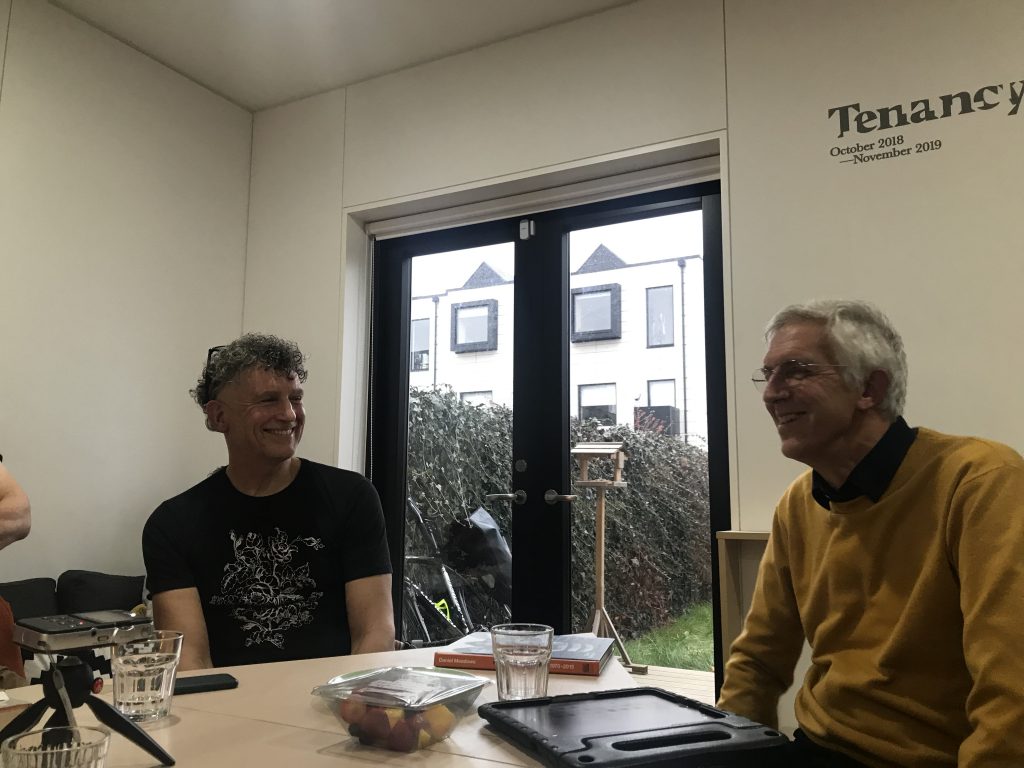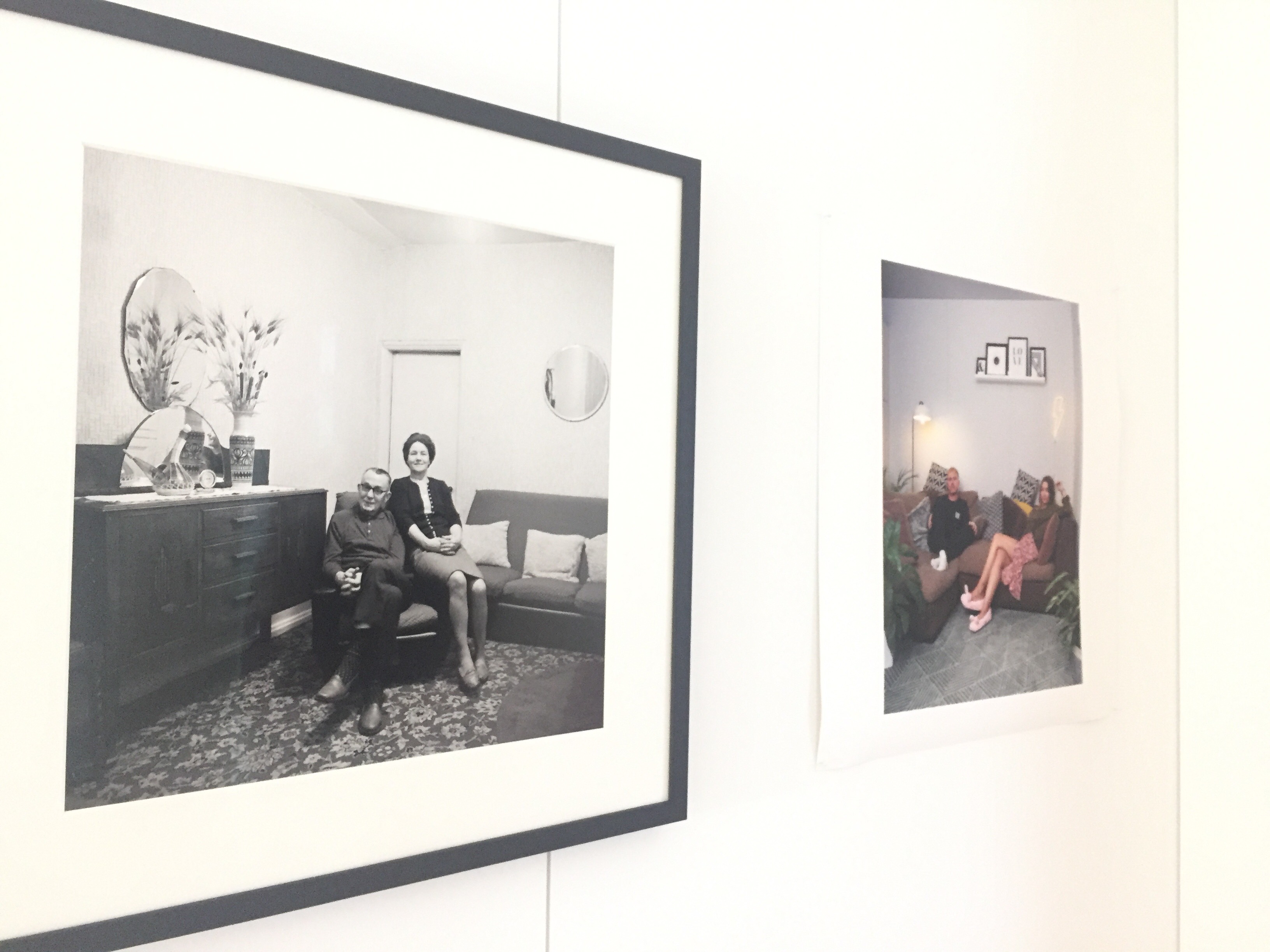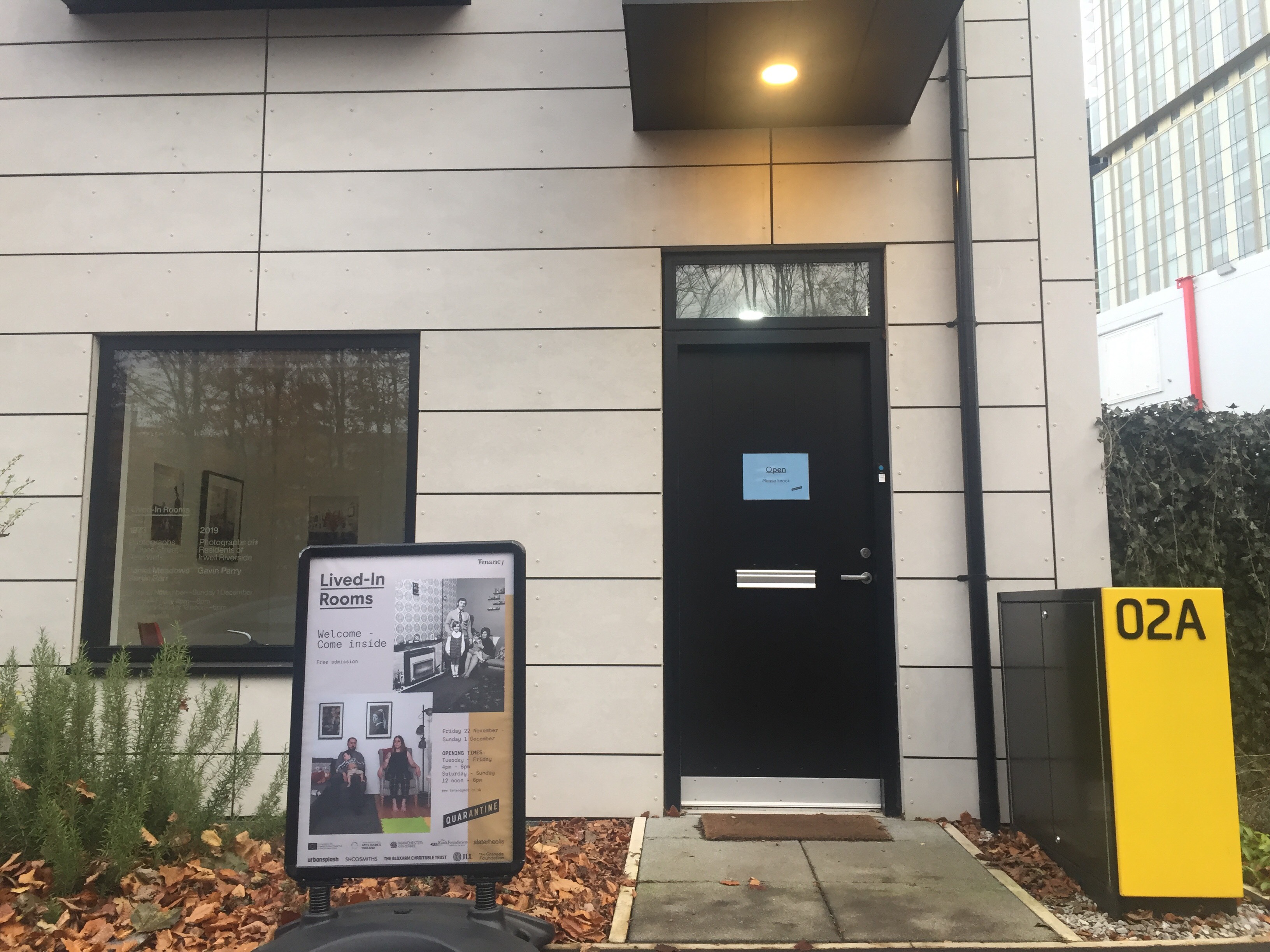
In 1973, Daniel Meadows and Martin Parr photographed the residents of June Street in Salford just months before the terraced houses were demolished.
These portraits are been exhibited in a house rented by Quarantine, in Irwell Riverside, Salford until Sunday 1 December.
NEW EXHIBITION: Local arts ensemble @QtineMcr present 'Lived-In Rooms', a series of snapshots of houses in Salford that harks back to @parrstudio's iconic images from the 70s. Free to attend until Sun 1 Dec… https://t.co/8VGxeuKrJ2 pic.twitter.com/UXKFqPTUTY
— Manchester Wire (@mcrwire) November 25, 2019
Daniel Meadows, 67, who has had a long career as a photographer and academic, visited the exhibition in Salford.
In an intimate conversation around a dining room table, Meadows discussed his photographs.
The images portray the working-class life in Salford as well as the social housing crisis of the 1970s.
WATCH: Quick tour of the exhibition with commentary from photographer Gavin Parry.
Meadows said: “When I found myself in Manchester, I began to think how I should, as a young photographer respond to the city. A city at that time was been torn down, where all the houses where been flattened.”
June Street respectfully reflects the families in Salford and has created a striking and emotional response among many.
Dr Andrew Warstat, lecturer at Manchester Metropolitan University said: “These portraits seem to inextricably link the disappearance of a sense of place and a tradition of representation.”

Meadows explained how himself and Parr started to wander in Salford and knew the city because of Coronation Street.
He said: “Granada decided that it all looked so bad in Salford and it didn’t look like what it should look like, to fit their narrative of Coronation Street, so they built their own set.
“We just thought this was quite a laugh, there was Salford out there falling to pieces and they were recreating it to look like the ideal vision of northern working-class life.”
Meadows and Parr decided to locate the streets that were used for the filming of the popular soap show and found June Street, the last remaining street with residents.
Meadows said: “June Street was great, it looked lovely and what I mean by that, is that it looked exactly like Coronation Street.”
However, Meadows explained that no-one on June Street wanted to be photographed.
He said: “We were just two long-haired hippies to them but finally, a woman said yes, she was a lonely old soul living by herself and she was always very friendly and would always make us a cup of tea.
“Once we had given her the print of her photograph more people said yes and it became a thing, ‘when are you coming to take our picture?’- so we worked our way around the street.”
Meadows referred to the process as a piece of theatre and he said: “The fact is whoever pressed the button on the camera was kind of irrelevant because it was about organising all of these people and getting them to take it seriously, to care.
“The rule was, we would capture every single living creature in the house.”

Lived-In Rooms exhibits Gavin Parry’s photographs publicly for the first time, side by side with the June Street series.
Parry’s work takes the residents of Irwell Riverside as a modern response to June Street.
Dr Warstat said: “Parry’s pictures remind us that our sense of home is fragile and inherently changeable, but we still can’t relinquish the idea of home as forever and perfectible”.
The exhibition reflects fifty years of political, social and technological changes that have re-shaped terraced-housing in Salford.














Recent Comments